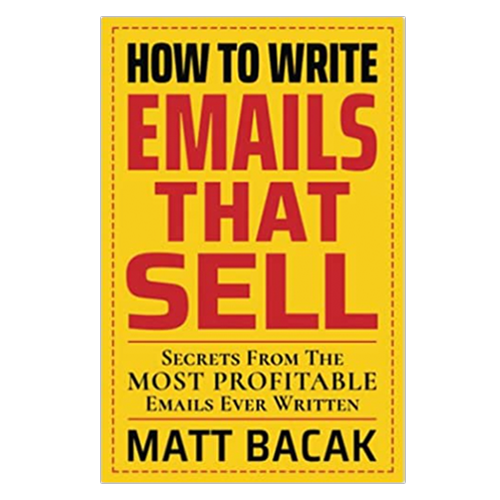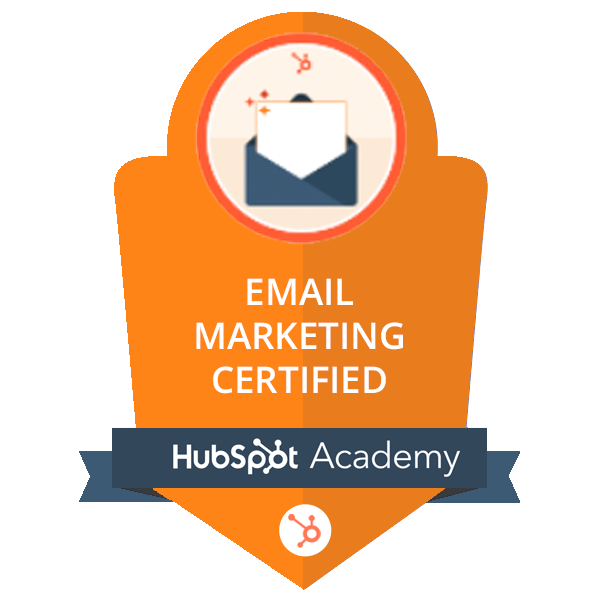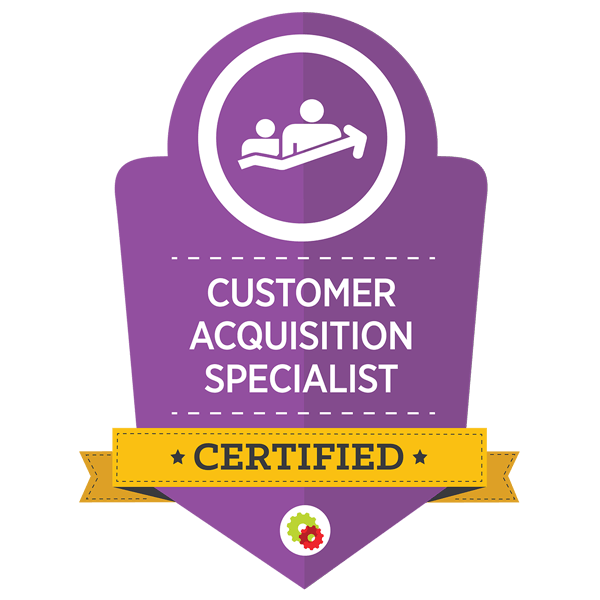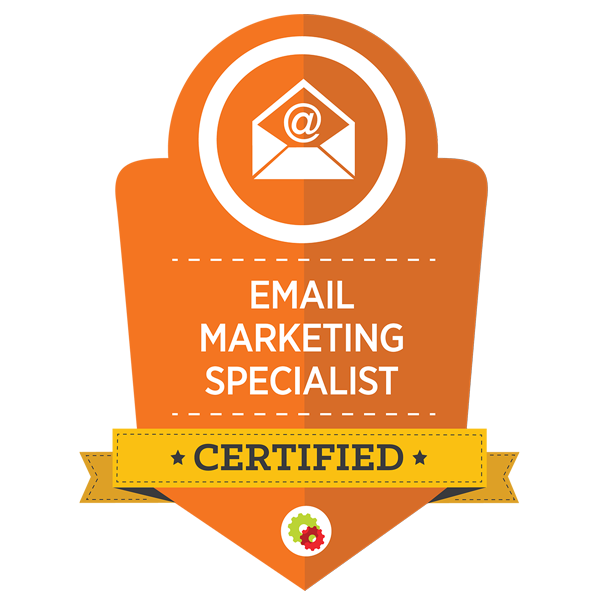Email Marketing Books Review
How to Write Emails that Sell by Matt Bakack
This is a pretty good book, there’s a lot of frame works that he talks about in this book.
This book was pretty focused it seemed, for people who are a little bit more advanced on their email marketing.
He talks about the biggest secret of how to get your emails opened and it was mostly frameworks.
One framework he talked about were the six powerful elements that every email needs to have in it. And he also talks about five proven types of frameworks of emails that you can send.
But they were basic and he talks about the frameworks for people who already have a list, who already have products to sell and that follows the title of the book.
If this is a book that you are considering buying, if you don’t have anything to sell yet or if you’re just getting started this probably isn’t the best book for you.
I do recommend this book, and that it provides you with good understanding of how to set up your emails so that they can sell and he talks about the psychology of that.
I always like talking about the psychology of things, there’s all these different types of tips and tricks that you can do to get people to open your emails and engage with them, but what it all usually boils down to is the underlying psychology of understanding pain points and solving people's problems and that kind of thing.
Just getting your email noticed is a very small part of the battle.
In saying that, this isn’t really a book that I would recommend for beginners, because it talks about strategies as if you already have a lot of other things set up such as squeeze pages, sales copy, lead magnets and this is a little bit more advanced in saying here’s how you can structure the sales copy that you already have written and hone it in a little bit more to improve your sales.
If you don’t have any of that or if you don’t even know what that is then this book would be kind of worthless to you.
The principles he does talk about though our sound, having said that a lot of what he writes about and gives examples about appears to be quite hype-y to me and only work in certain niches of people who want to make money online fast or drive traffic to their website fast.
He doesn’t really address how to leverage these strategies with other types of businesses.
So that would be one thing that I wished he would have gone into more detail about because a lot of the sales copy that he gives as his examples is short, punchy, and sales-y.
Something else I would have liked to see him address would be what am I sending to my audience when I’m not sending sales emails.
Again, he did focus very well on writing emails that sell so I’m not going to fault him for that, but I did want to see his take on what am I sending to people when I’m not just writing sales emails.
If you read this book you would think all I’m sending to my subscribers all the time are the sales emails and they’re a bit hype-y.
I can see how that would work for some types of audiences, that want to know and are willing to pay to drive traffic and sales immediately, but for someone who’s running a chicken website on how to raise chickens or a website on lawn care maintenance, I don’t feel like these emails that he talks about would really help people with those types of subscribers sell more.
I do like the outlines that he gives for the frameworks.
I think that’s very beneficial and would be beneficial to you as well.
One thing I did like about this book is that it was pretty quick to read, 50-60 pages or so and it was easily read because there was lots of white space on the pages.
I read it in about an hour.
I hope this review helps you in your decision on whether or not to buy it.
Return to top of Email Marketing Books Review
If you found this helpful, please share it and join our free Email Marketing Wisdom Newsletter for more.
- Homepage
- Email Marketing Books
- Email Marketing Books Review








